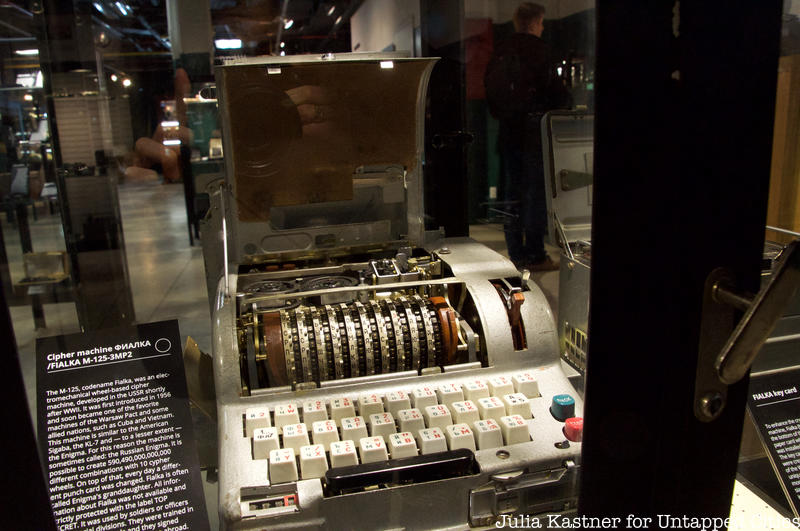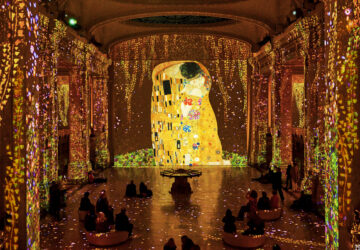History buffs and spy fanatics alike will be excited to hear about the recently opened record-breaking KGB Spy Museum in Chelsea. The largest collection of Soviet-era KGB espionage objects yet, the museum gives a one-of-a-kind perspective on not only Cold War espionage, but also the modern world of spy-craft.
The mission of the museum is simple. They aim to inform the public about the world of the KGB and Cold War intelligence in a non-biased and apolitical way. The museum’s goal is to be as immersive as possible; traditional Soviet music plays throughout the building, and when visitors enter, a museum official appears from the shadows dressed in all black. A man in a trench coat wanders the building as if in the middle of an operation, but ask him any question about the KGB and he will gladly show you all the museum has to offer. Interactive exhibits like spot-the-spy games and a mugshot photo-booth punctuate the array of artifacts, making the museum as much a place for children as it is for adults.
Only two artifacts in the museum are replicas, meaning that there are a grand total of 35,000 authentic artifacts to discover within the museum’s warehouse-styled walls. But how did the museum acquire so many pieces that were once the property of one of the most secretive spy organizations in the world? The answer is a Lithuanian father-daughter duo obsessed with collections. Julius Urbaitis and his daughter, Agne Urbaityte, first started by collecting gas masks. Now, their collection of Soviet intelligence artifacts has reached 5,000 objects. What is not in New York City is housed in their KGB museum in Lithuania in a nuclear bunker. That being said, there are more than enough artifacts to transport you to the world of twentieth century Russian espionage. Here are ten must-see objects at the KGB Spy Museum.
10. Fialka Cipher Machine

The Enigma Machine emerged out of World War II as the famous encryption device that stumped the Allied forces with its millions of possible code combinations. But in the KBG museum you can see an encryption machine capable of not millions, but trillions of possible combinations. Developed by the USSR shortly after WWII, the Fialka Cipher machine is often referred to as the Enigma’s granddaughter and is capable of 590,490,000,000,000 code combinations.





